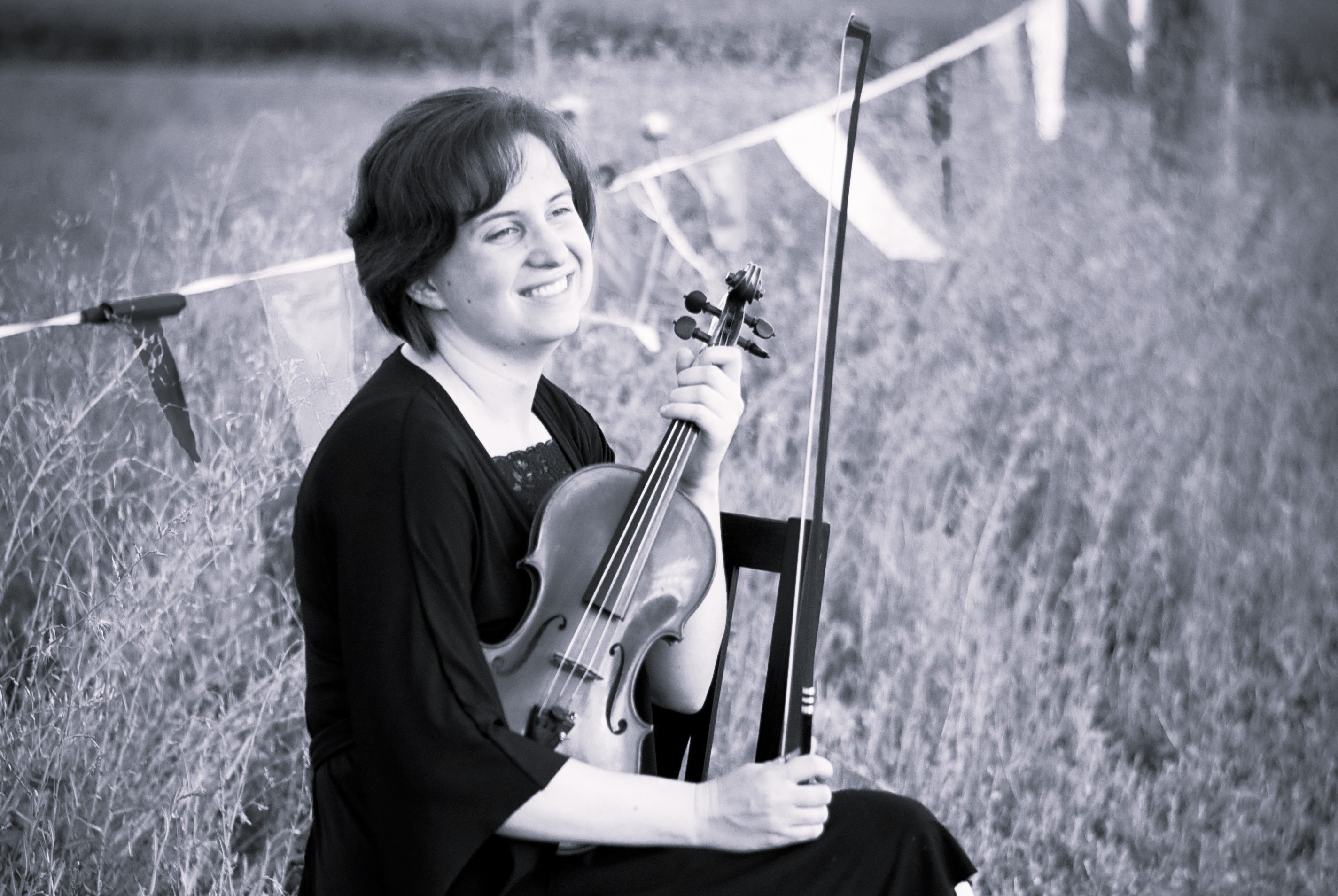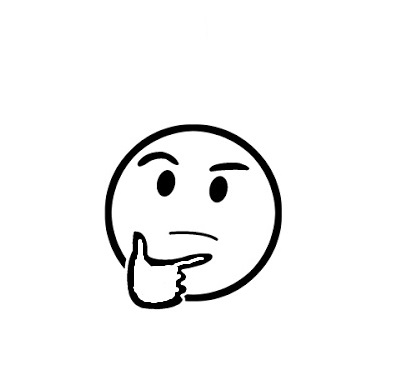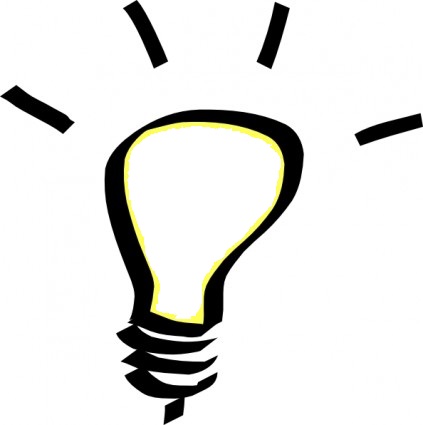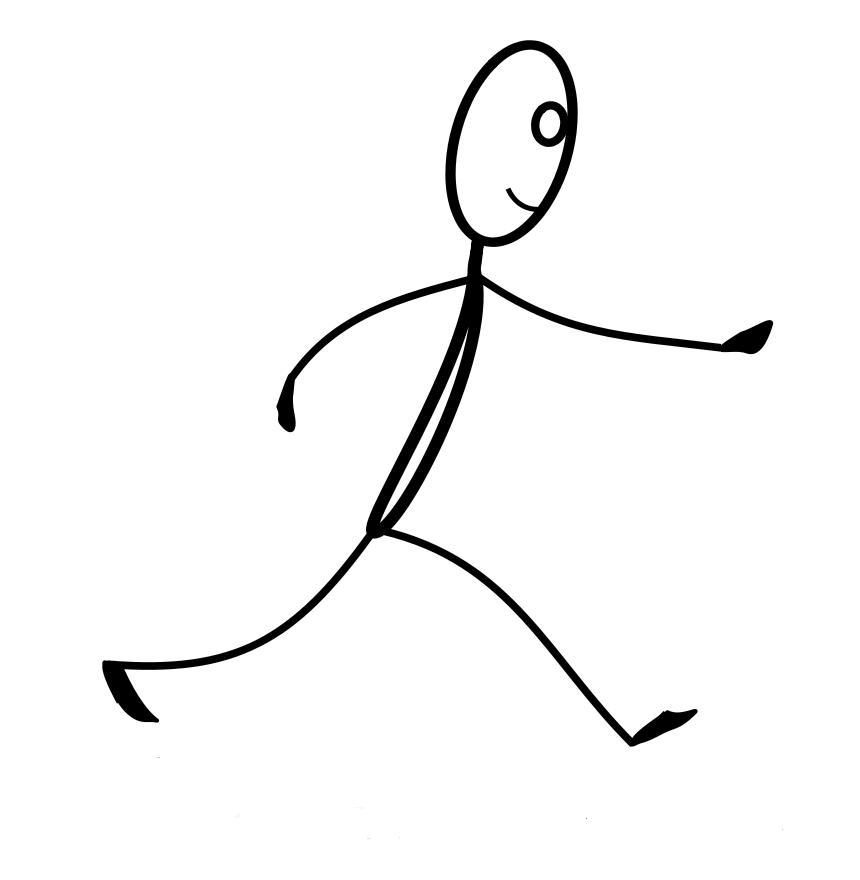There's a rich, full feeling when you do anything with the Tabernacle Choir at Temple Square.
The history of the group is remarkable. Their weekly Sunday half-hour program, Music and the Spoken Word, constitutes the longest continuous network broadcast in all the world, in place every single week since 1929, including through world wars, plagues, tornadoes, and other forms of world suffering. All of the 500 top-notch musicians in the bells, orchestra, and choir (who all went through an audition process that demanded extremely high skill at the very least and was usually extremely competitive) are volunteers! As Lloyd Newell, the Choir's announcer and former CNN anchor, would say, "It's a remarkable thing to consider." This organization is completely unique! People serve because they want to.
And why not? From an insider's perspective, Choir members are regularly so gracious, telling us in the orchestra how "amazing [we] sound" and how the Orchestra at Temple Square has definitely helped to boost the overall sound of the Tabernacle Choir. The conductors are energetic and inspired. The organists are brilliant with their technique. All the musicians in that room probably have thousands of years of experience cumulatively.
But none of that can fully explain what creates this peaceful sauna of warmth in my heart. It goes beyond unity. It goes beyond grace. It goes beyond volunteerism. Of course, the work is enjoyable. But a challenge. And at the pace the Choir keeps with it's rigorous performance schedule, there's plenty of mental and spiritual exhaustion, let me tell you.
For those who travel long distances, up to 100 miles, which can include places as far away as Idaho and Wyoming, early Sunday mornings are the norm. Some years, circumstances call for a donation of over 30 hours of playing time in a week, not counting the time spent traveling to performances.
We perform more than we rehearse--in front of throngs of people who come from all over the place . . . . In a Church of Jesus Christ "Everything Creative" radio interview highlighting the Orchestra at Temple Square, I recounted how, at Christmas time, we often get to sight read two hour's worth of challenging new music, one or two rehearsals before playing a series of concerts in front of 20,000 people. Of course, that doesn't include the millions who see many of our performances online.
Yes, all of these things contribute to the amazing spirit of this ensemble, but there's a sacred sense that's hard to explain about top-notch local musicians"”musicians who could be making $100/hr giving of their music elsewhere"”putting all their gifts on their individual altar of consecration; giving up the worldly accolades that they could have chosen instead; and then allowing God to pull at their heart strings and demand even more than they ever thought they could give!
The blessings do flow for those willing to be brave enough to give more than they ever deemed possible. One of those blessings is that feeling I mentioned. . . It is hard to explain, but here's my meager attempt: It's stunning. And mild. And powerful. Indeed, it's the Savior's influence that permeates this group. Not by any merit of the individuals (a religious discourse in itself). We members pray for that spiritual influence despite our weaknesses. I count it a true privilege to dedicate so much of my life (part time for over twenty years!) to missionary work in the Savior's cause, among such humble warriors, where we all use music as our secondary tool. The first tool?
Well, I would have to call it the Spirit, or in other words, God's Love!!

Cami Shaskin
Violin Blog
About
Updates
Quick Access
Archive
2021
Jan
2022 16 - Welcome to My Blog
23 - Violin Teaching Kits
Feb 06 - Valuable Techniques
07 - From the Top
20 - Violin Jokes
Mar 06 - Singing in Orchestra
13 - Nurtured by Love
21 - Helpful Websites
27 - Unique Case Uses
Apr 10 - All About Tone
24 - Teaching Values
May 02 - Believing Teachers?
29 - Our Quartet
Jun 26 - Violin Bridge Tips
Jul 07 - Clever Violin Memes
20 - Horses and Lions
Aug 04 - Music During Covid
16 - Favorite Music
Sep 12 - Being There
Oct 16 - Sight Reading Tips
Nov 05 - Why It's the Frog
Dec 20 - Bach on the Brain
30 - Impact for Life
Jan
Jul
Aug
Oct
Nov
2023 23 - Tendonitis Helps
Feb 21 - An Old Performance
Mar 23 - Cars3 & Coaching
Apr 29 - Preferred Brands
May 27 - Love: A Calling
JunJul
Aug
08 - Music Opens Doors
SepOct
Nov
27 - Useful Analogies
Dec 28 - A Humorous Anecdote
Jan
Feb
May
Jun
Aug
Oct
Nov
2024Feb
15 - Our Commonality
Mar 10 - Extras
18 - Autopilot
AprMay
Jun
06 - Motivation
JulAug
26 - The Ink
SepOct
Nov
26 - Music Copyright
Dec Jan
Mar
Sep
2025 15 - Fame and Fortune
FebMar
14 - Intermission
Apr 18 - A Day in the Life
May 02 - Oops!
Jun 14 - A Science or an Art?
Jul 15 - A Difficult Post
AugSep
20 - Anxiety Interview
Oct 02 - Sounds of Italy
Nov No posts to display.
Dec No posts to display.
Jan
Feb
Aug
Feb
No posts to display.
Mar No posts to display.
Apr 17 - Bittersweet Moments
May No posts to display.
Jun No posts to display.
JulAug
No posts to display.
Sep No posts to display.
Oct 31 - My Video Series
Nov No posts to display.
Dec No posts to display.
Posts
Love: A Calling
| Love it | Interesting | Inspiring | Want to share |
 |
 |
 |
 |
| 0 | 0 | 0 | 0 |
Like this post? Link back to it later by copying the URL below.
© 2021-2025 All Rights Reserved
This content has been proven to be completely dairy-free, gluten-free, sugar-free, and made from code not treated with rBST. No animals were harmed in the making of this blog. The views presented do not necessarily represent the views of Ms. Shaskin's neighbors, kin, the U.S. government, or a mysterious worldwide network of musicians. Any reproduction, retransmission or reposting of content without crediting the author (basically me) is prohibited. Free Wi-Fi not included. If this is a life-threatening emergency, close your browser and dial 911.



